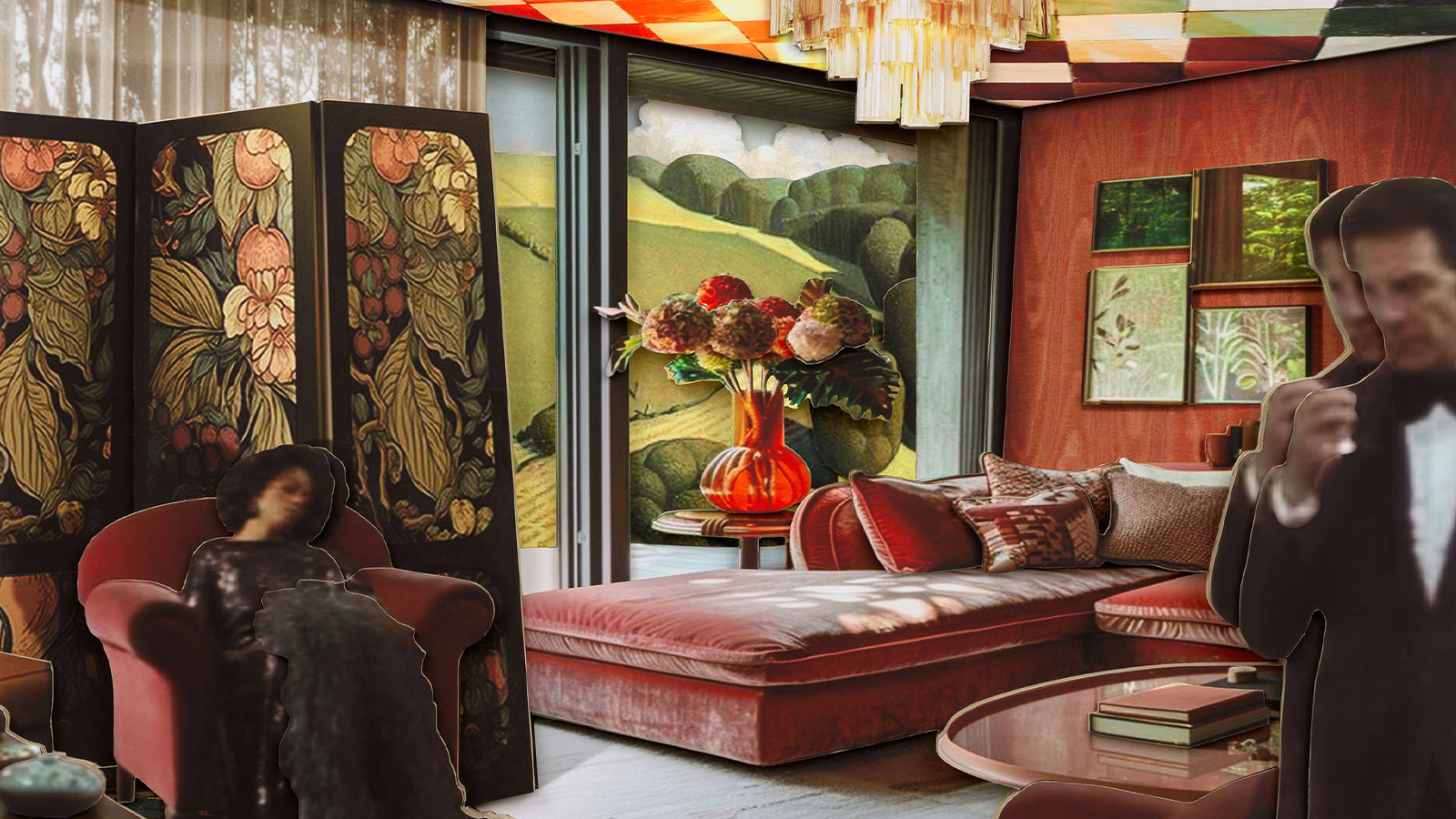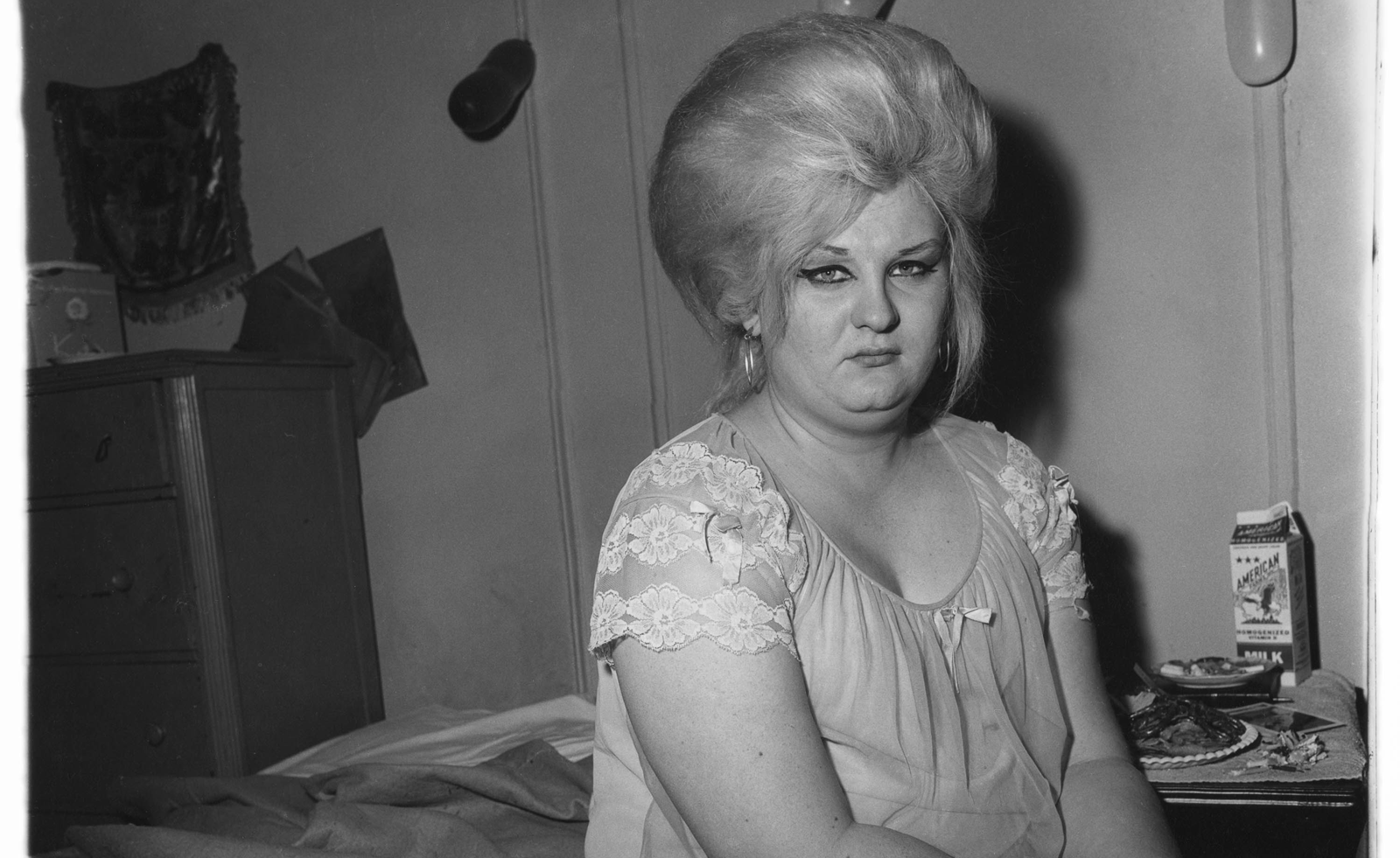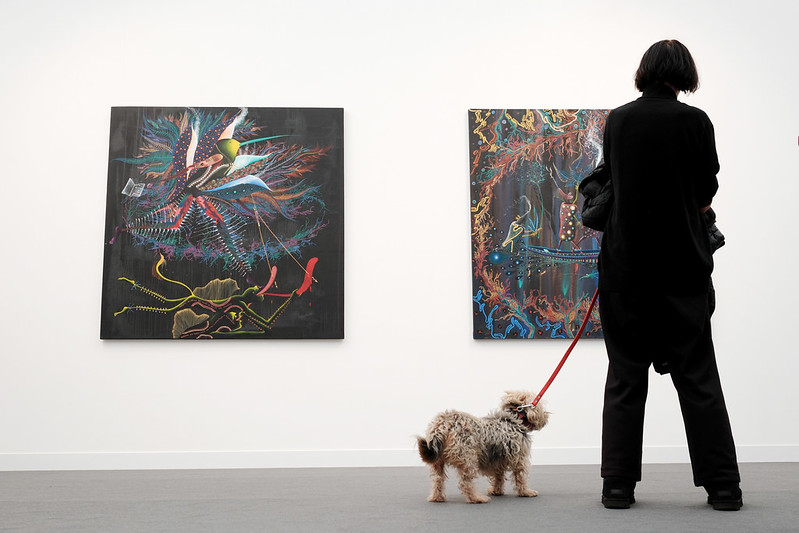Exhibitions & Shows
The best of the year's art exhibitions and shows, compiled by Wallpaper*
-
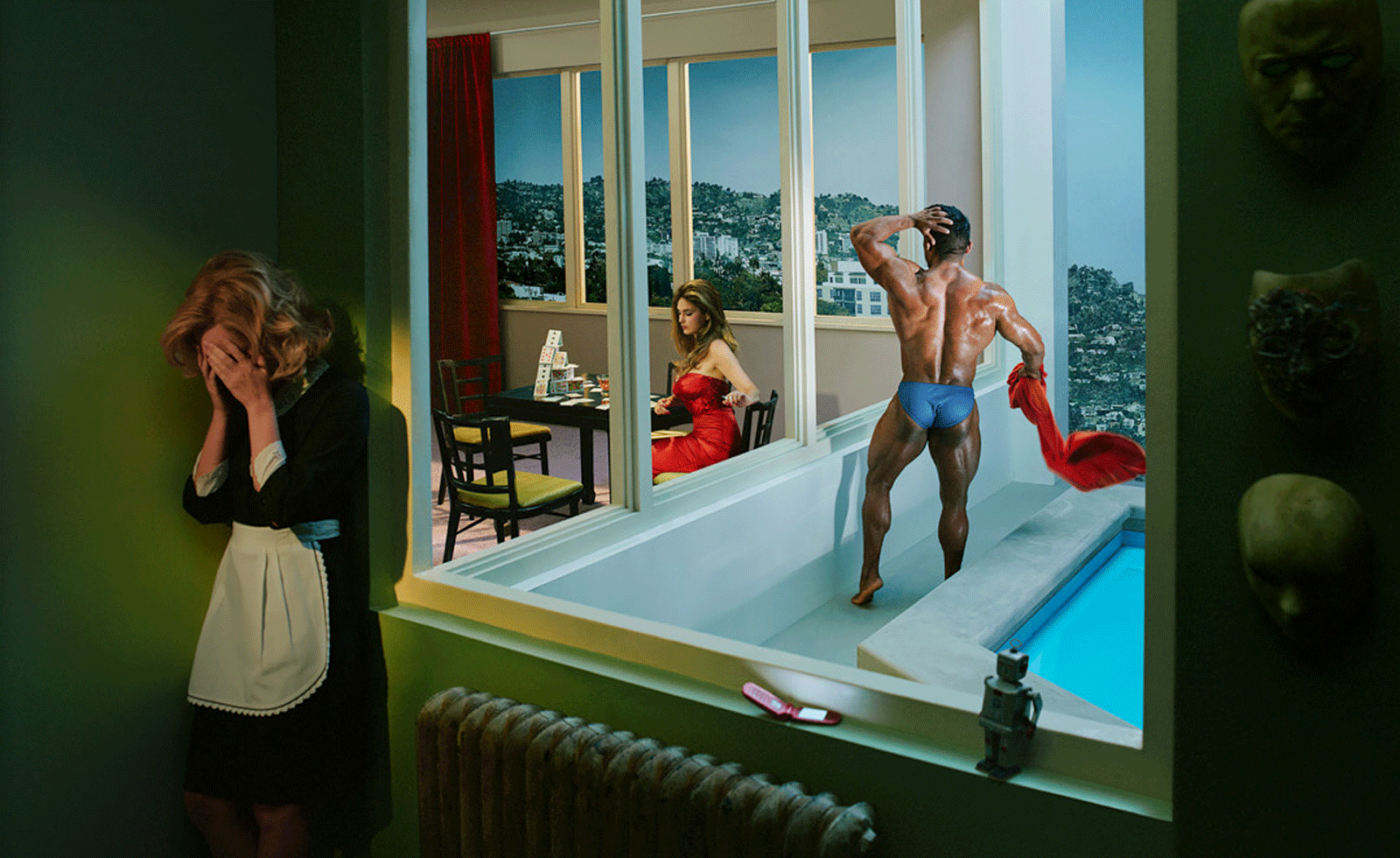
What to see at Art Basel Miami Beach 2025 – nine brilliant booths
The buzzy Miami art fair (5-7 December) will bring together more than 280 leading international galleries and a packed week of pop-ups and parties – start with these must-see booths
By Annabel Keenan Published
-
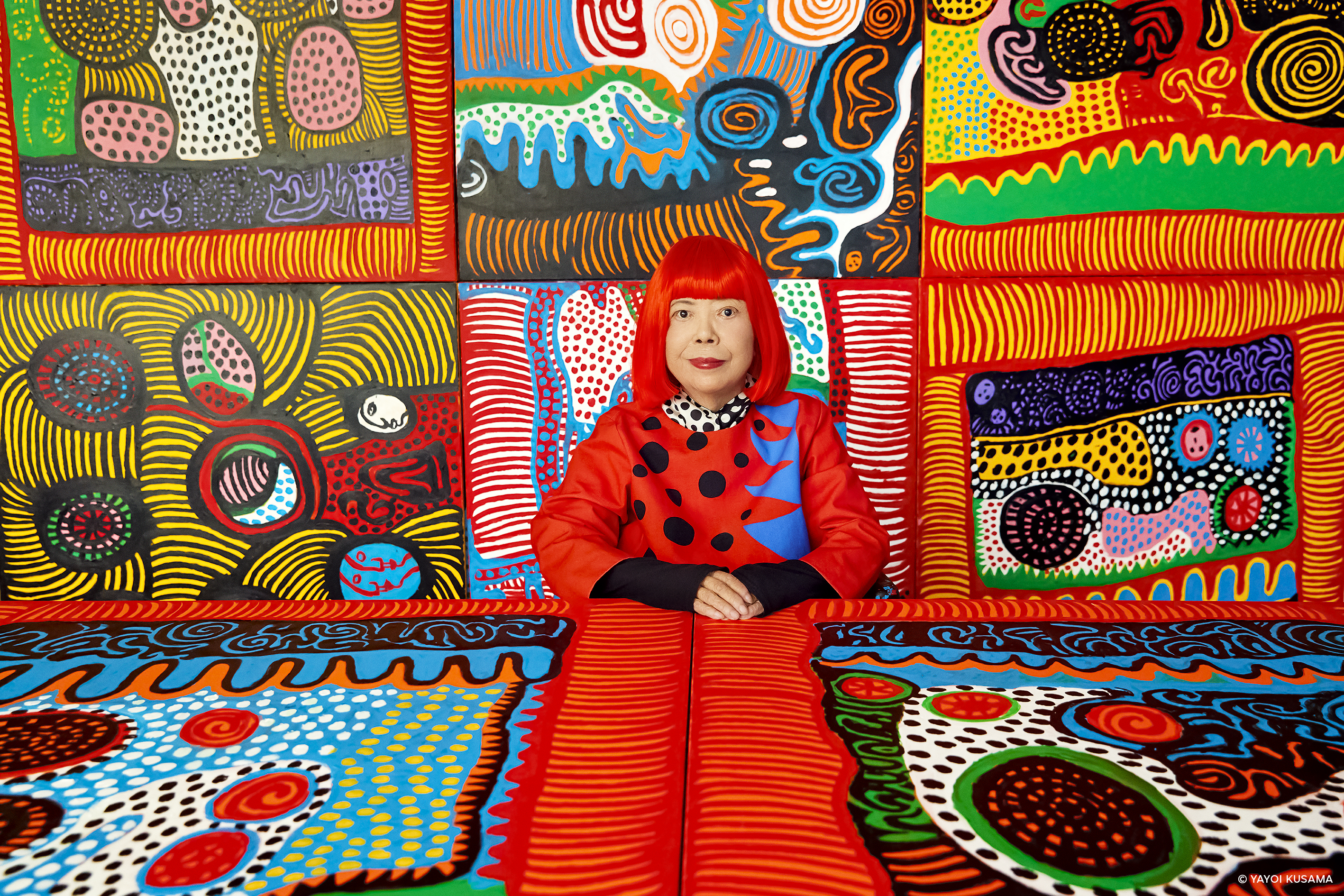
Modern masters: the ultimate guide to Yayoi Kusama
Throughout her career, Japanese artist Yayoi Kusama has created an entirely new genre of hallucinatory, immersive and playful art.
By Finn Blythe Published
-
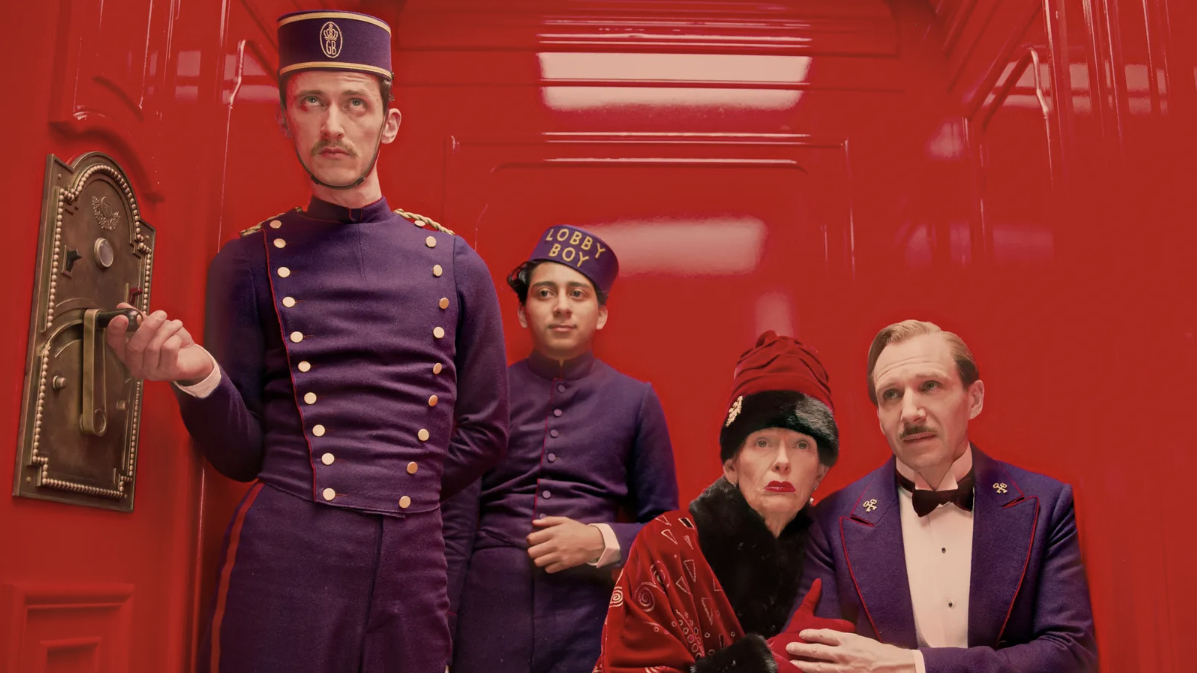
Wes Anderson at the Design Museum celebrates an obsessive attention to detail
‘Wes Anderson: The Archives’ pays tribute to the American film director’s career – expect props and puppets aplenty in this comprehensive London retrospective
By Emily Steer Published
-
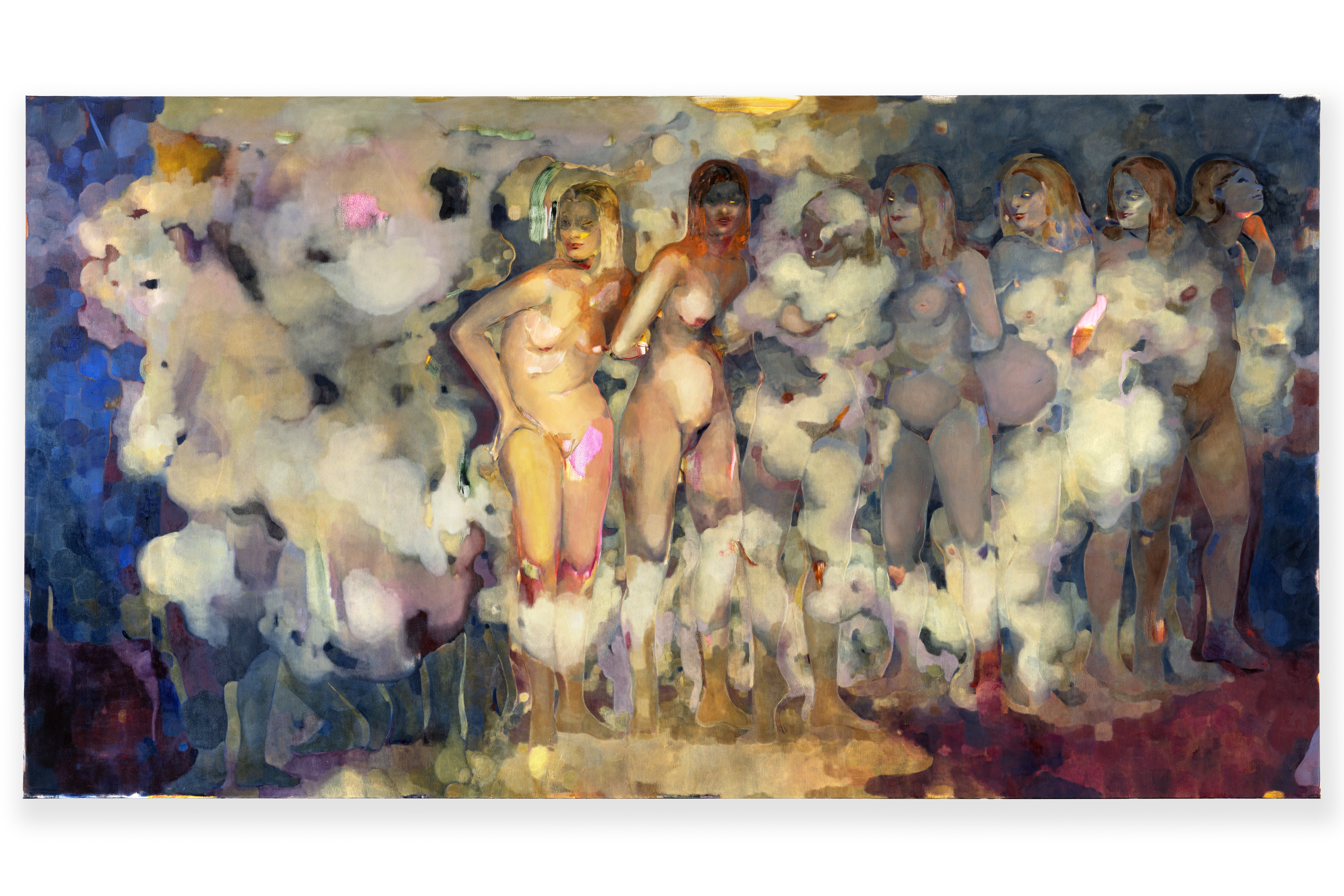
Meet Eva Helene Pade, the emerging artist redefining figurative painting
Pade’s dreamlike figures in a crowd are currently on show at Thaddaeus Ropac London; she tells us about her need ‘to capture movements especially’
By Hannah Silver Published
-
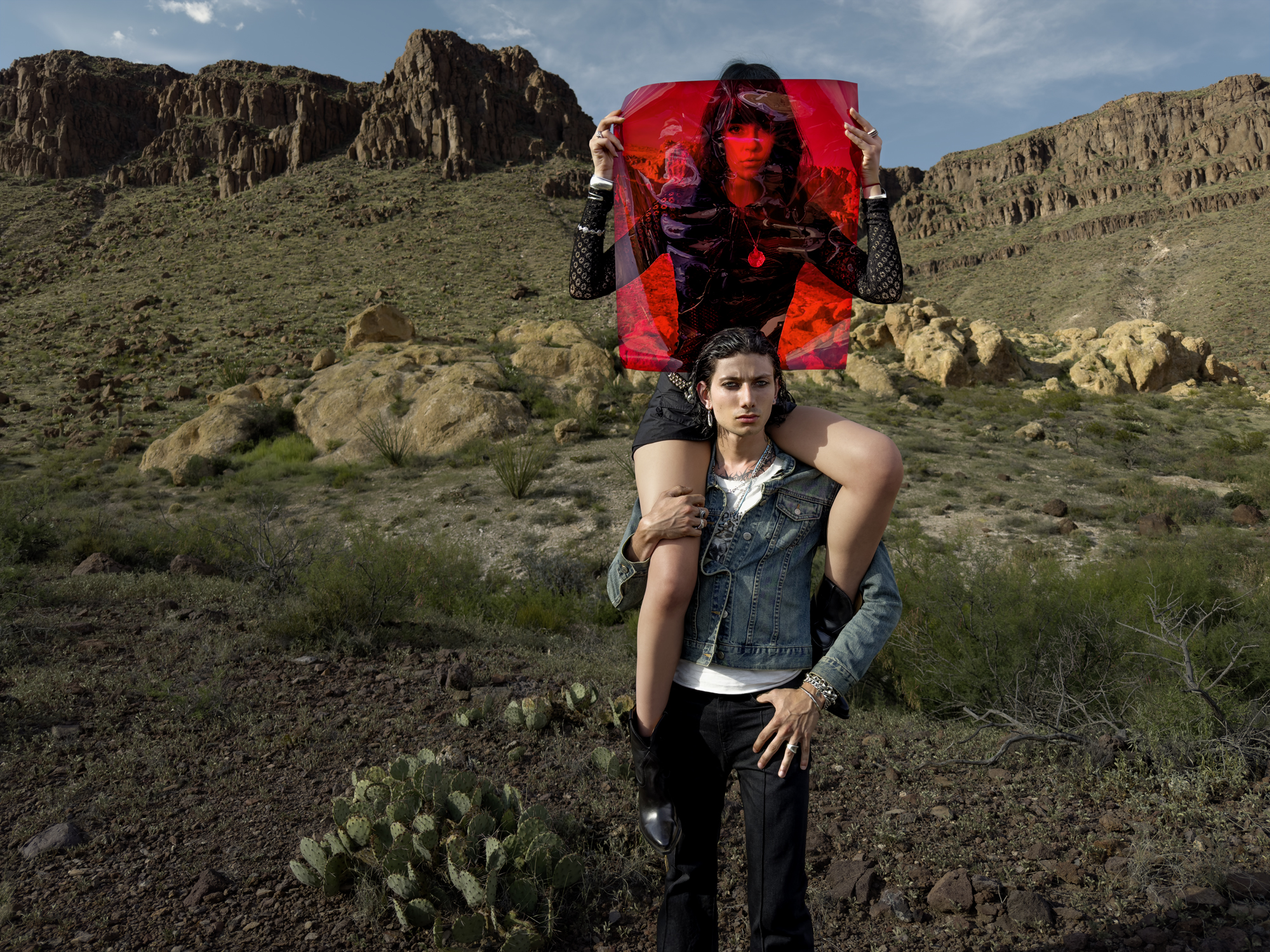
Inez & Vinoodh unveil romantic new photography series in Paris
A series of portraits of couple Charles Matadin and Natalie Brumley, created using an iPhone in Marfa, Texas, goes on show in Paris
By Amah-Rose Abrams Published
-
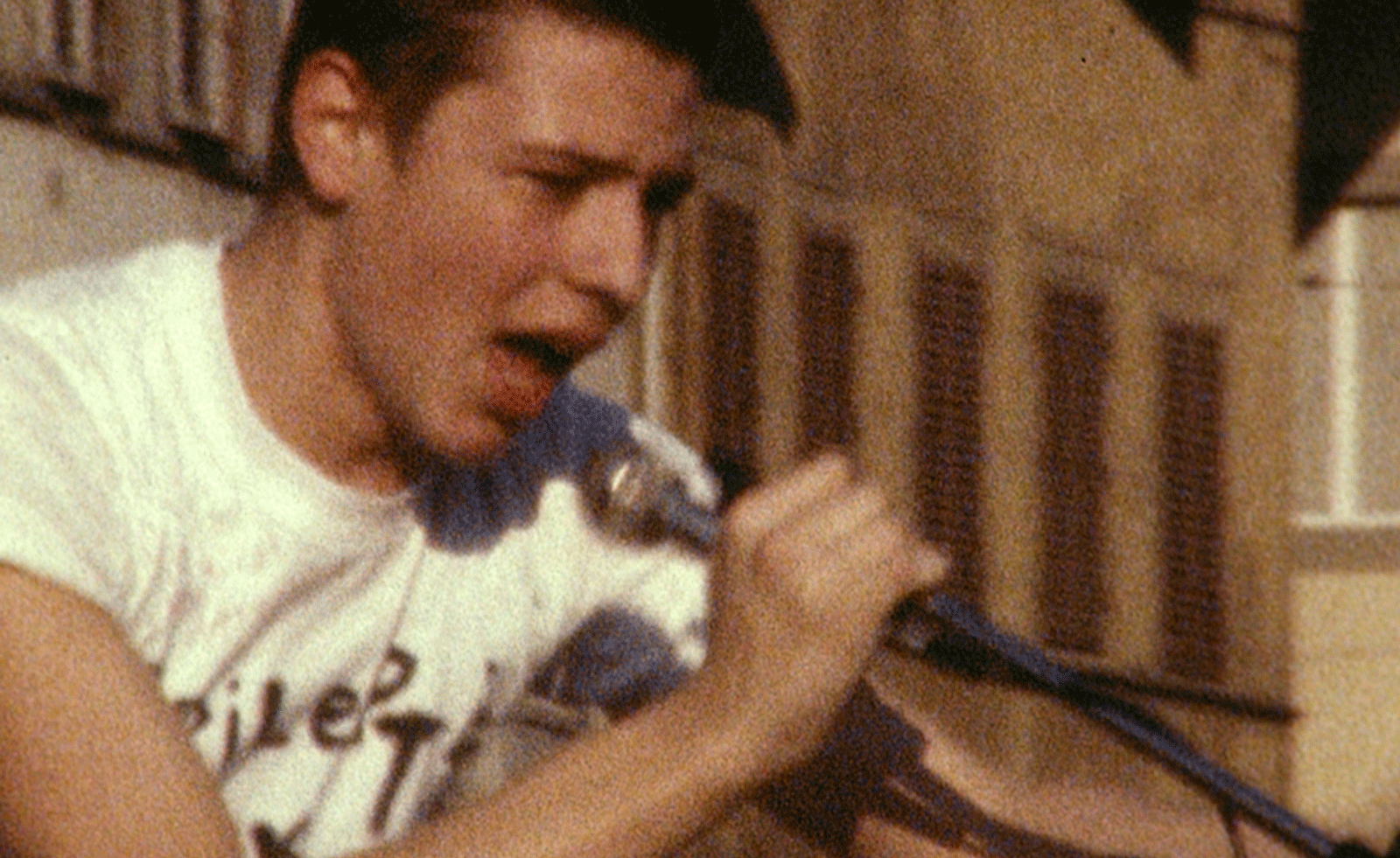
A forgotten history of Italian artists affected by the HIV-AIDS crisis goes on show in Tuscany
‘Vivono: Art and Feelings, HIV-AIDS in Italy. 1982-1996’, at Centro per l'Arte Contemporanea Luigi Pecci in Prato delves into the conversation around the crisis
By Zoe Whitfield Published
-
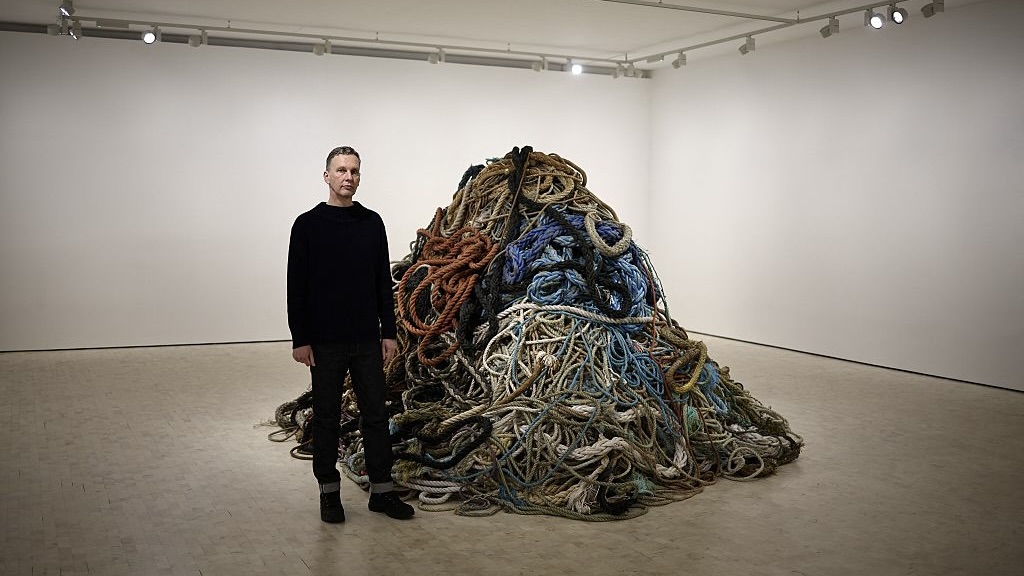
David Shrigley is quite literally asking for money for old rope (£1 million, to be precise)
The Turner Prize-nominated artist has filled a London gallery with ten tonnes of discarded rope, priced at £1 million, slyly questioning the arbitrariness of artistic value
By Anna Solomon Published
-
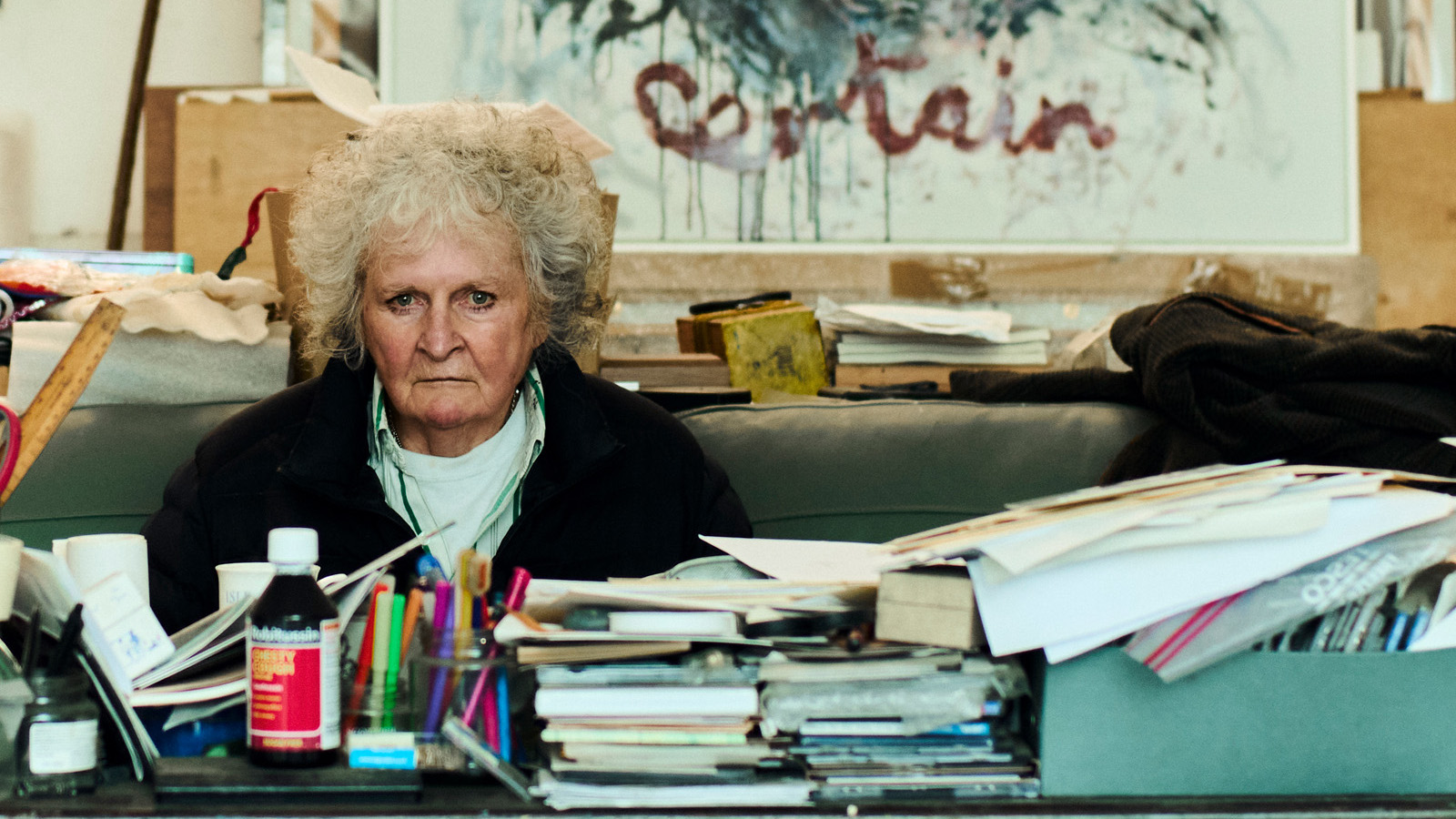
Maggi Hambling at 80: what next?
To mark a significant year, artist Maggi Hambling is unveiling both a joint London exhibition with friend Sarah Lucas and a new Rizzoli monograph. We visit her in the studio
By Hannah Silver Published
-
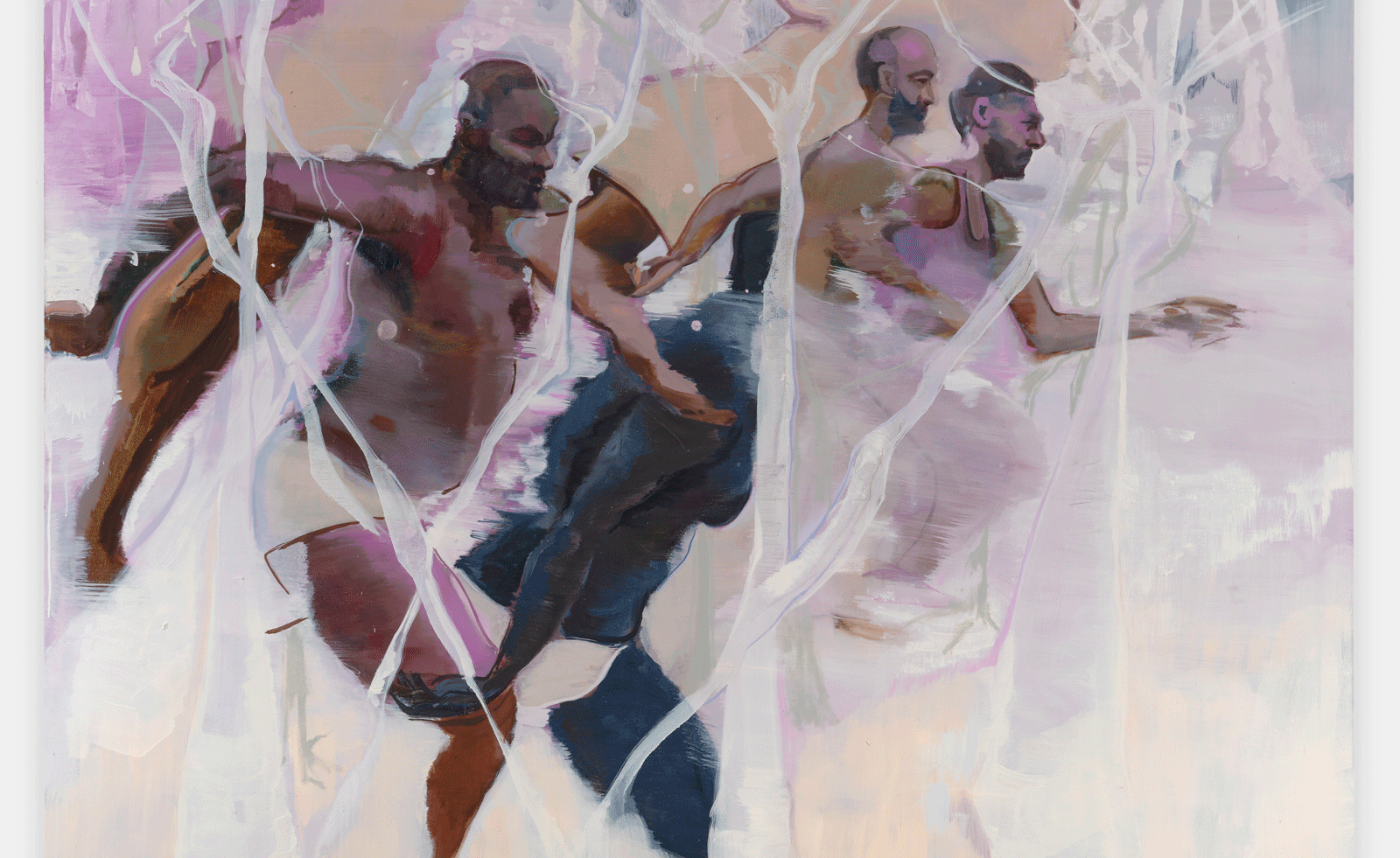
Artist Shaqúelle Whyte is a master of storytelling at Pippy Houldsworth Gallery
In his London exhibition ‘Winter Remembers April’, rising artist Whyte offers a glimpse into his interior world
By Hannah Silver Published
-
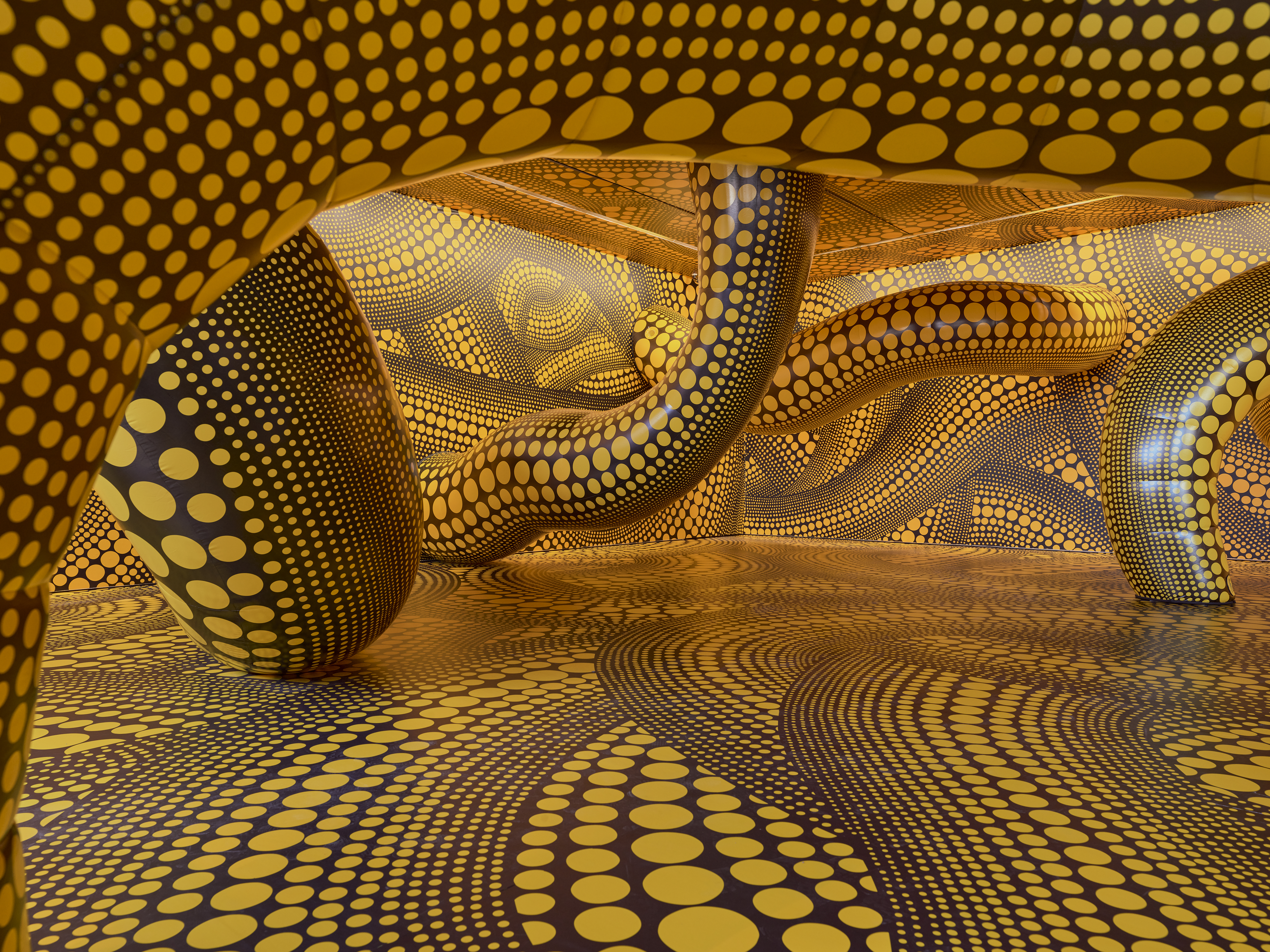
Unseen works meet immersive showstoppers as Yayoi Kusama hits Switzerland
At the Fondation Beyeler in Basel, there are 300 works by Kusama to discover and it’s delightfully discombobulating
By Harriet Quick Published
-
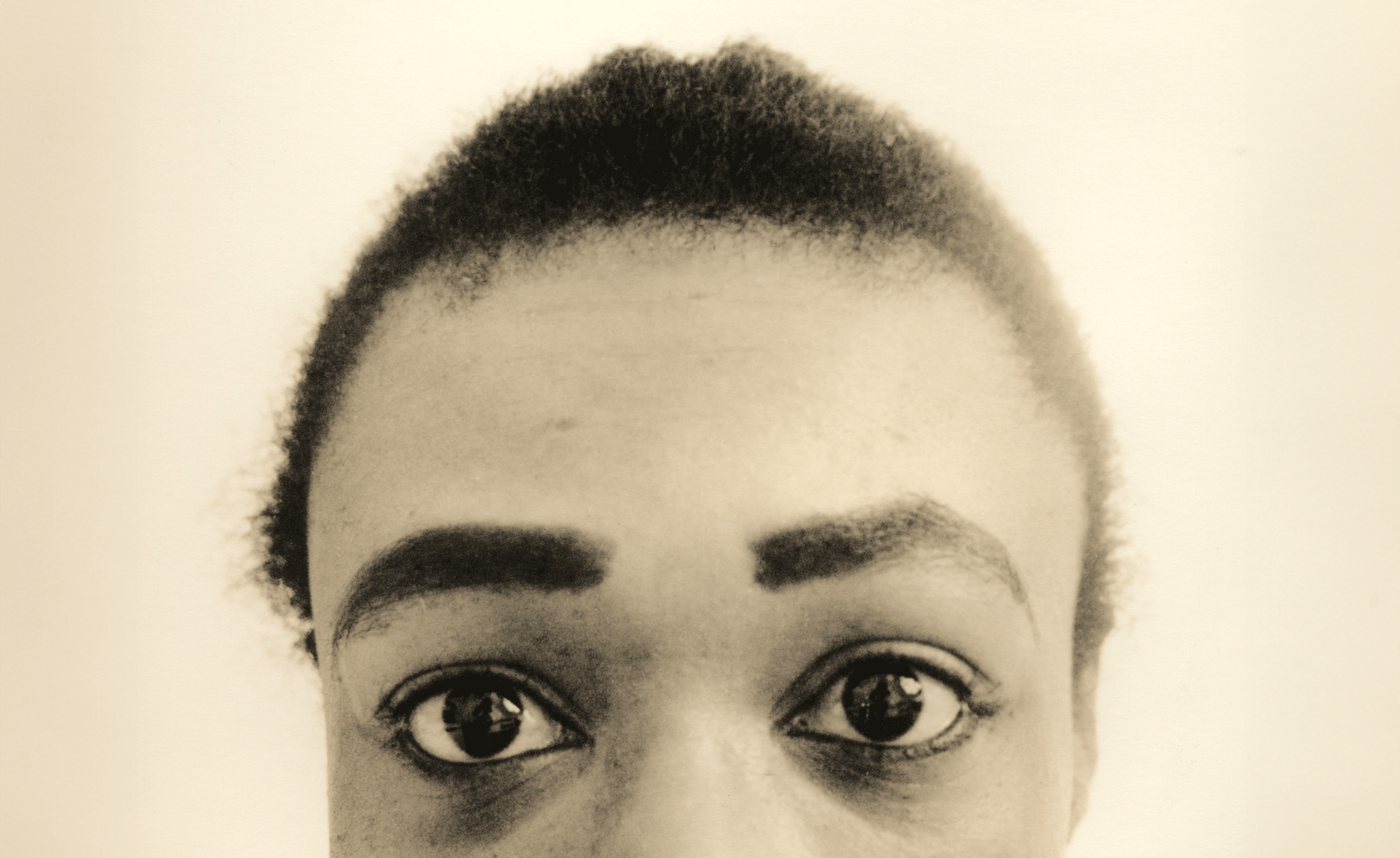
Joy Gregory subverts beauty standards with her new exhibition at Whitechapel Gallery
Unrealistic beauty standards hide ugly realities in 'Joy Gregory: Catching Flies with Honey '
By Hannah Hutchings-Georgiou Published
-

London art exhibitions to see in November
Read our pick of the best London art exhibitions to see this month, from a Wes Anderson retrospective at the Design Museum to looking at the erotic in Surrealism at Richard Saltoun Gallery
By Tianna Williams Last updated
-
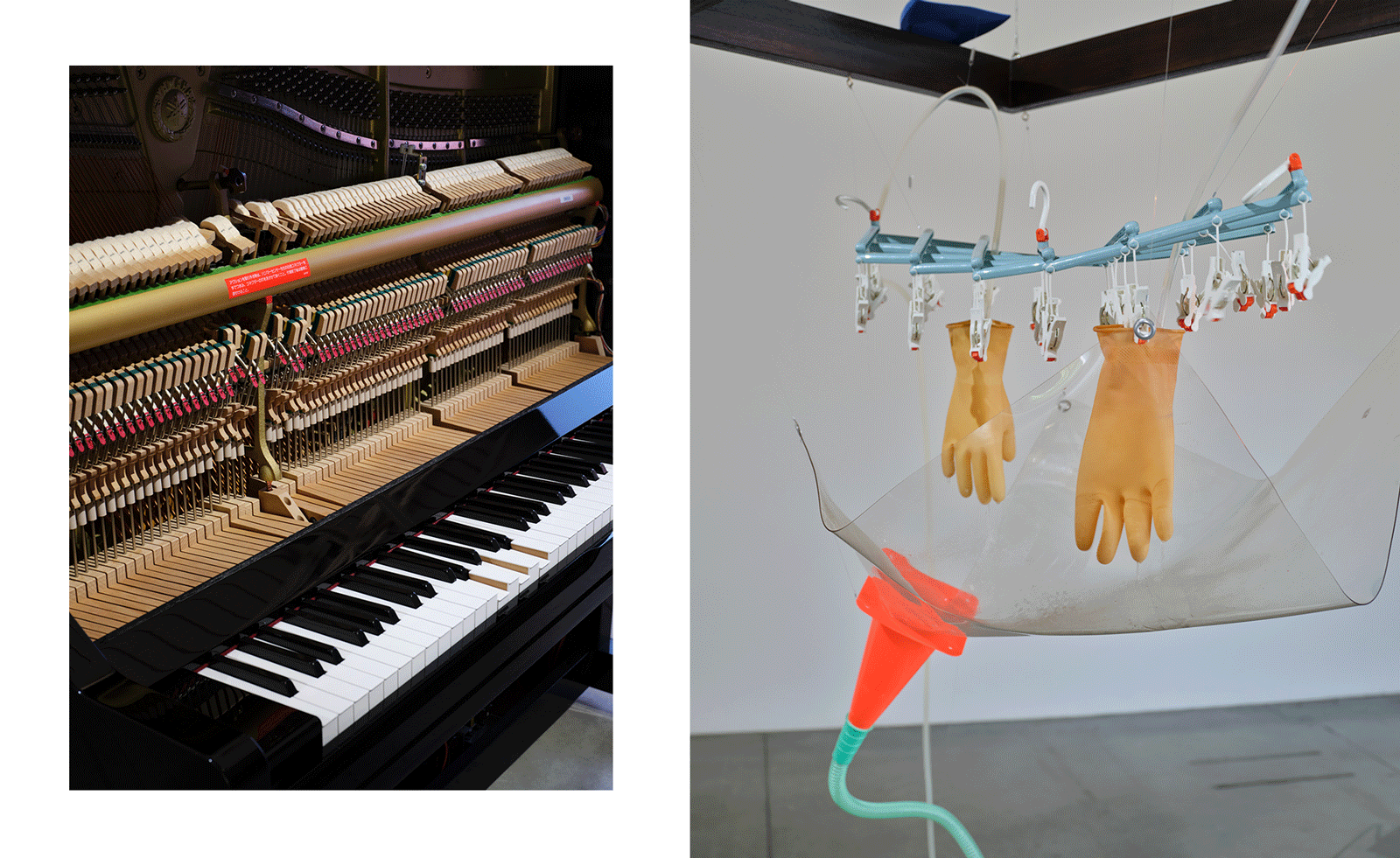
Yuko Mohri’s living installations play on Marcel Duchamp’s surrealism
The artist’s seven new works on show at Milan’s Pirelli HangarBicocca explore the real and imaginary connections that run through society
By Emily Steer Published
-
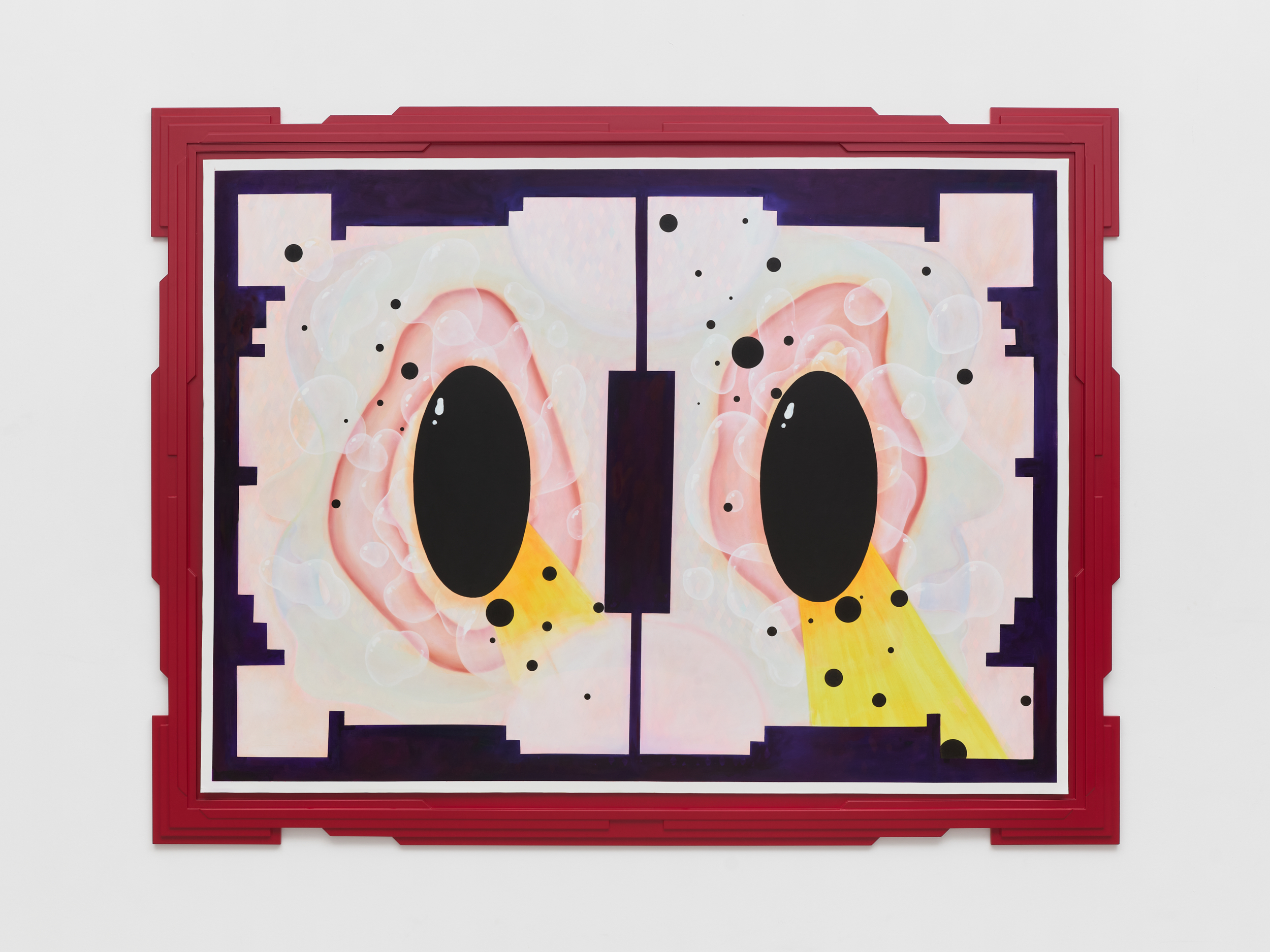
Viewers are cast as voyeurs in Tai Shani’s crimson-hued London exhibition
British artist Tai Shani creates mystical other worlds through sculpture, performance and film. Step inside at Gathering
By Hannah Silver Published
-
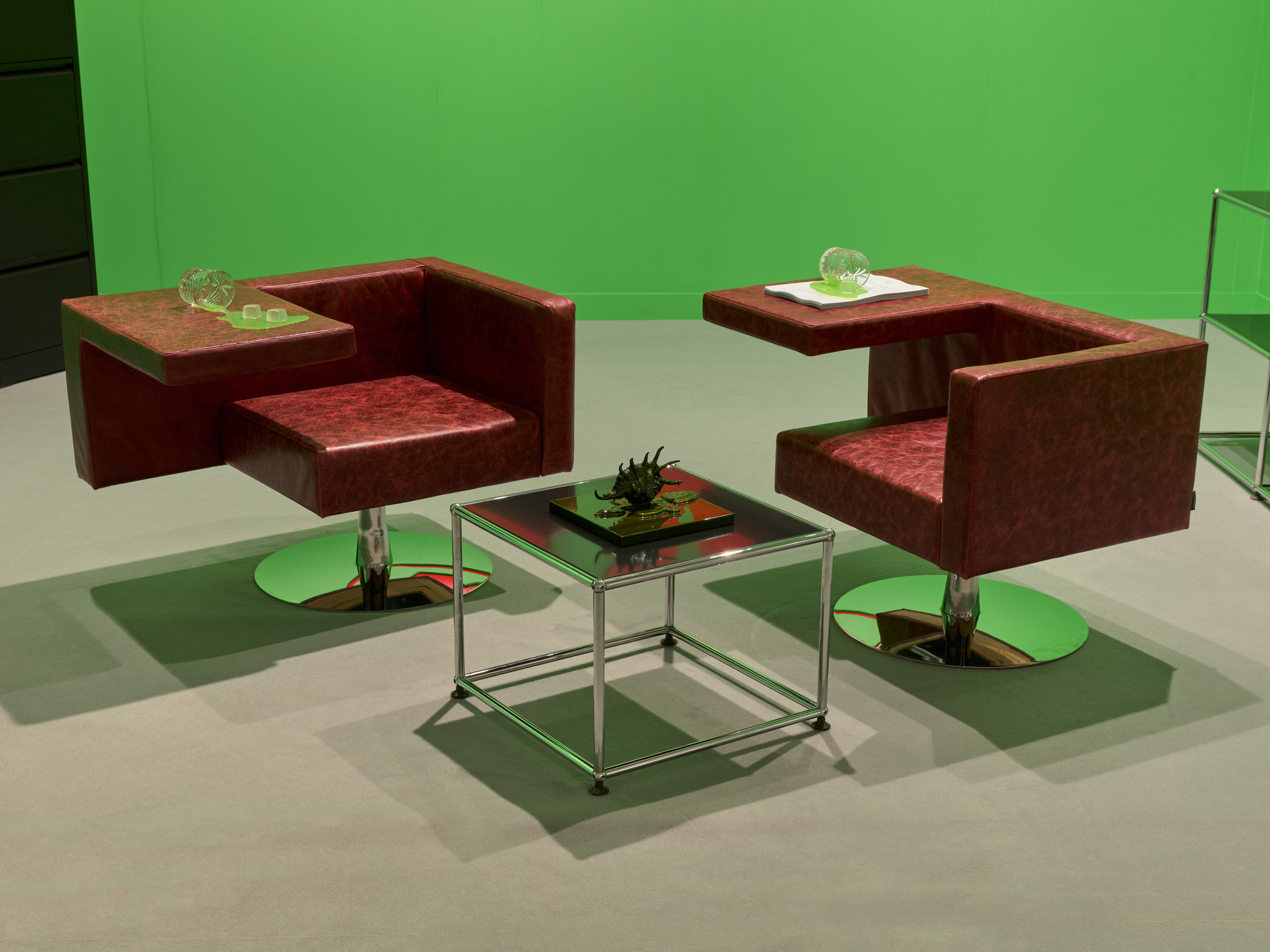
Who are the nine standout artists that shaped Frieze London 2025?
Amid the hectic Frieze London schedule, many artists were showcasing extraordinary work this year. Here are our favourites
By Sofia Hallström Published
-
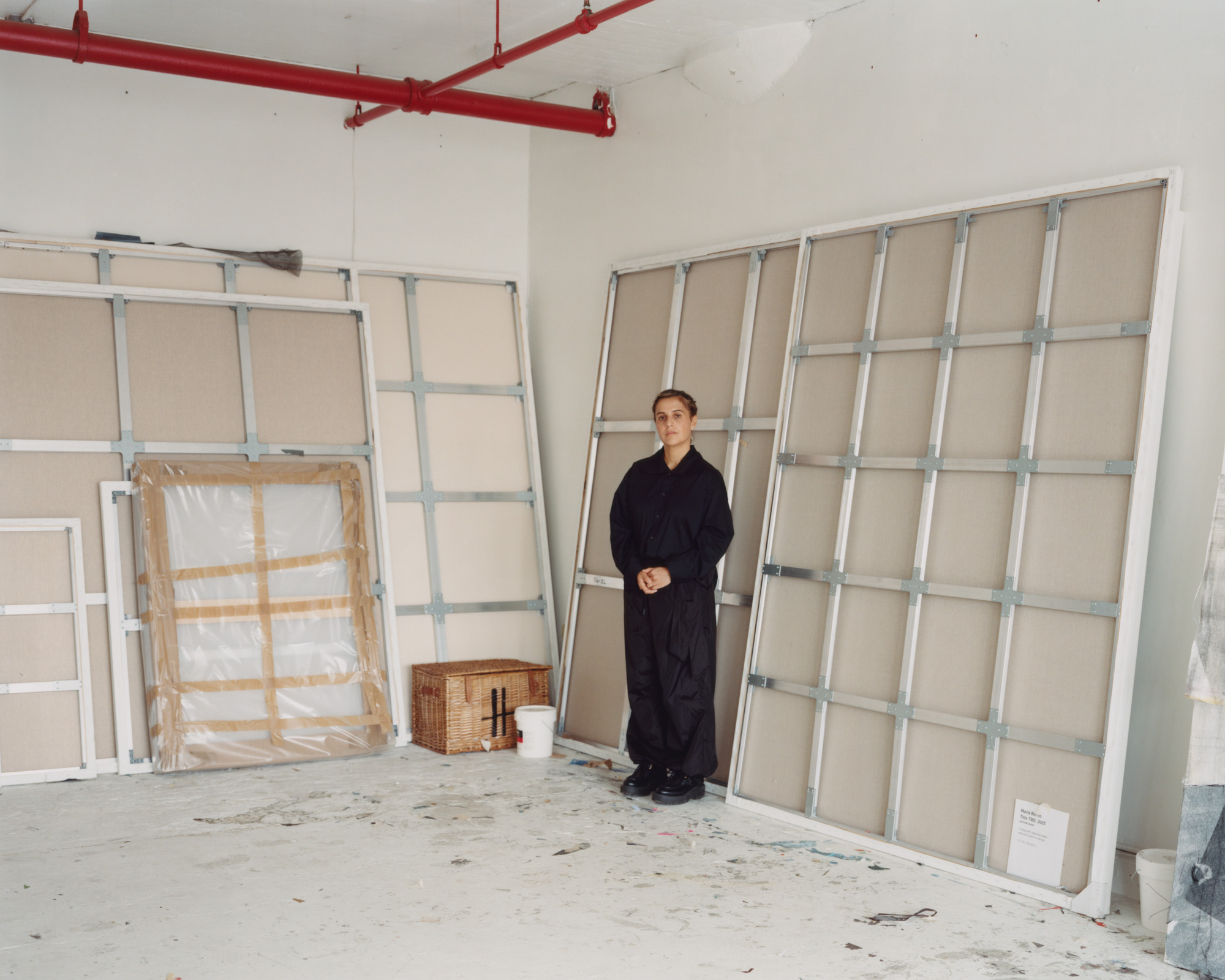
María Berrío creates fantastical worlds from Japanese-paper collages in New York
New York-based Colombian artist María Berrío explores a love of folklore and myth in delicate and colourful works on paper
By Hannah Silver Published
-
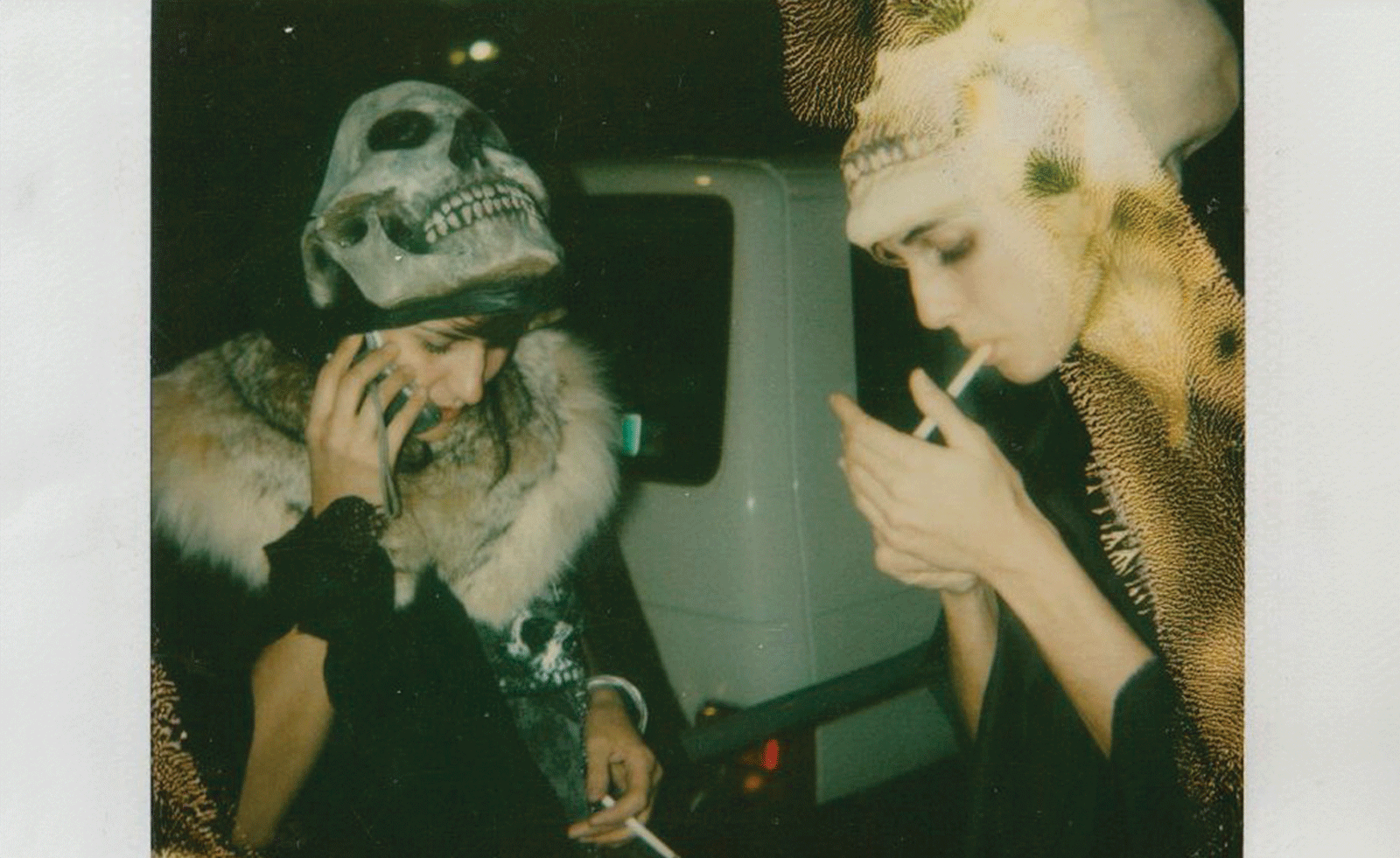
Ten things to see and do at Art Basel Paris 2025
Art Basel Paris takes over the city from 24-26 October. Here are the highlights, from Elmgreen & Dragset to Barbara Kruger and Dash Snow
By Sofia Hallström Published
-
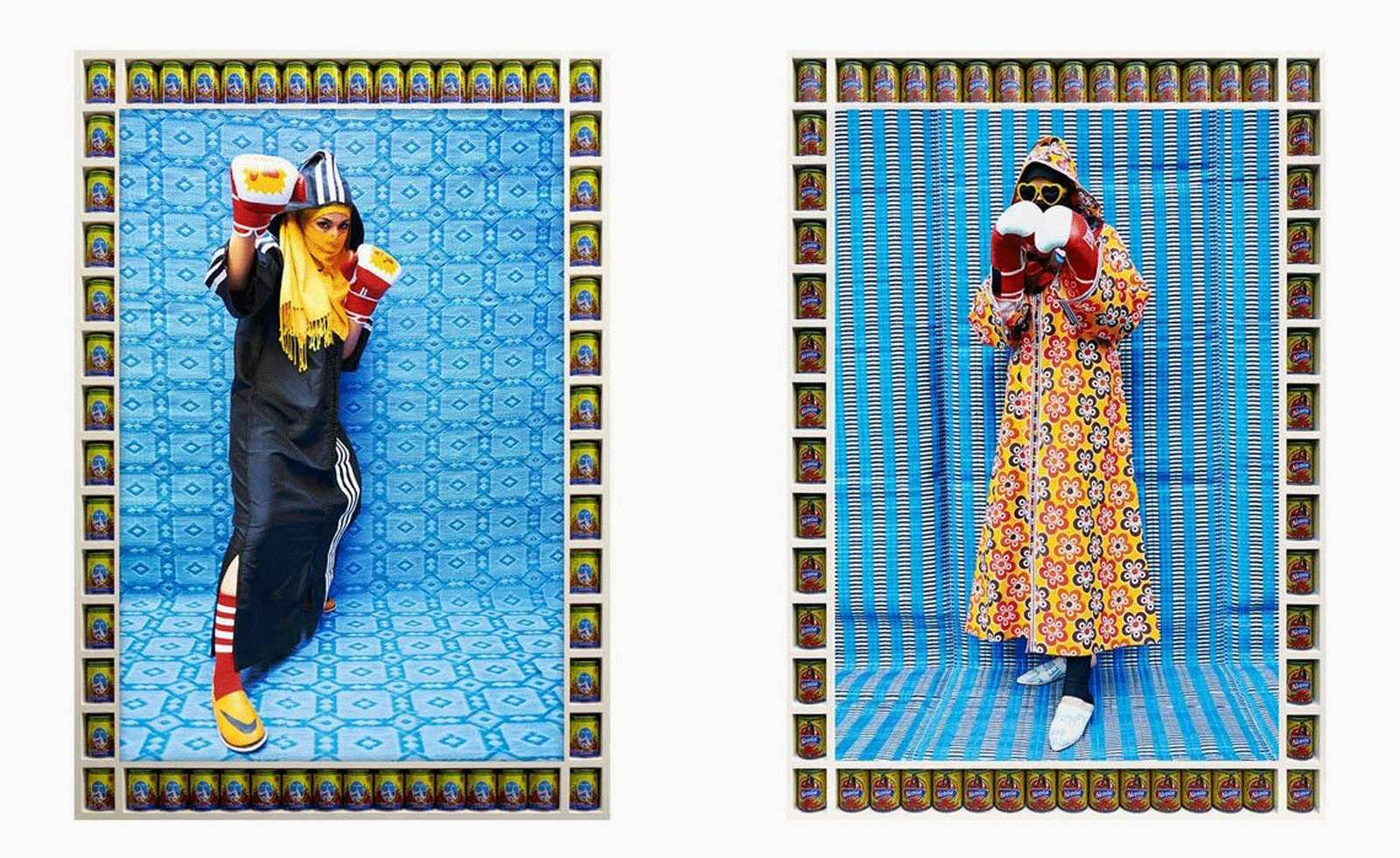
Hassan Hajjaj's vibrant portraits put Moroccan women at the centre of the story
For more than three decades, the visual artist has been making portraits that centre Moroccan culture, albeit through a subversive lens. Now, an exhibition in Toronto explores the sporty facet of his portraits
By Ugonna-Ora Owoh Published
-
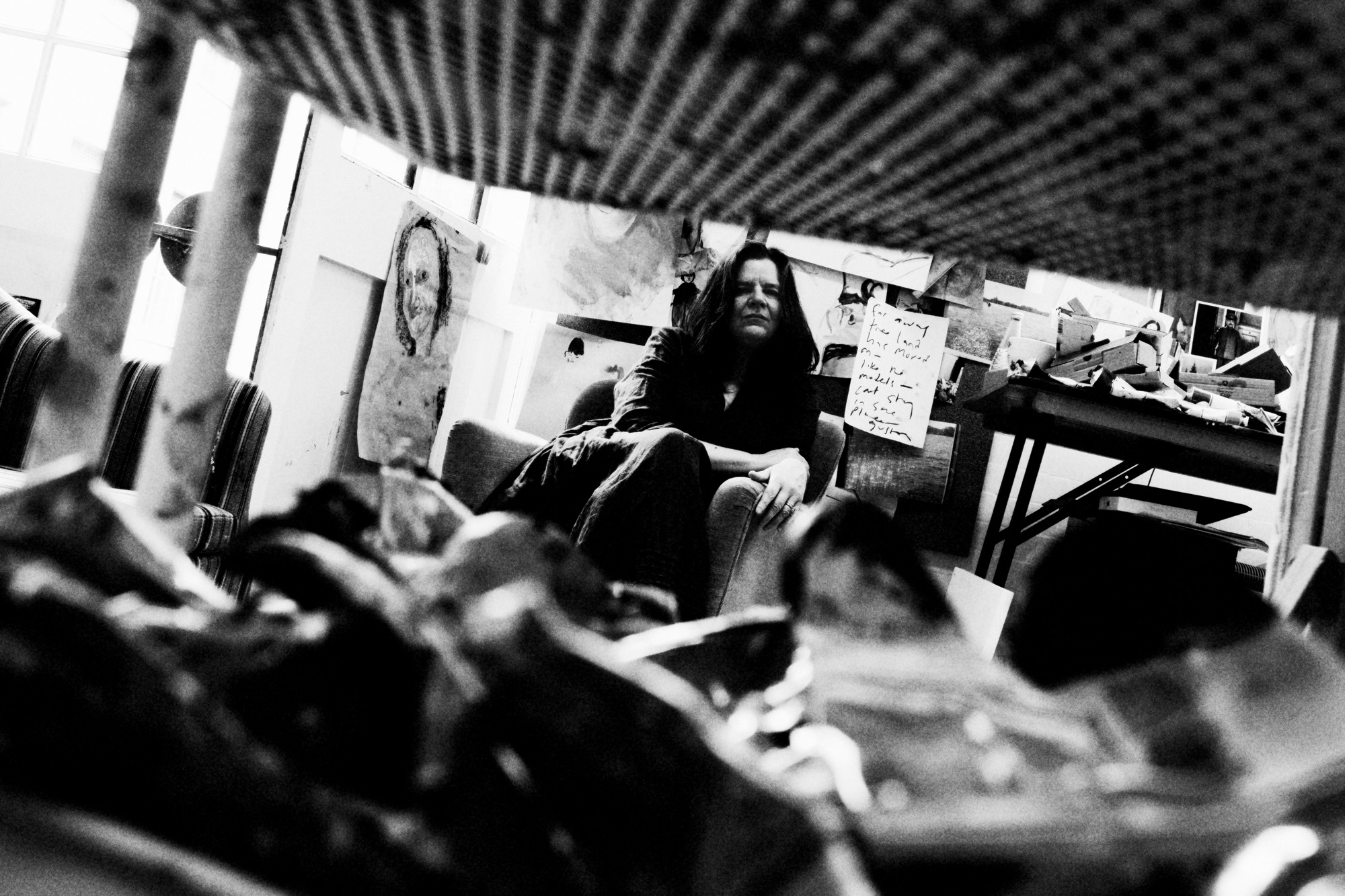
Chantal Joffe paints the truth of memory and motherhood in a new London show
A profound chronicler of the intimacies of the female experience, Chantal Joffe explores the elemental truth of family dynamics for a new exhibition at Victoria Miro
By Hannah Silver Published
-

Leo Costelloe turns the kitchen into a site of fantasy and unease
For Frieze week, Costelloe transforms everyday domesticity into something intimate, surreal and faintly haunted at The Shop at Sadie Coles
By Hannah Silver Published
-

Can surrealism be erotic? Yes if women can reclaim their power, says a London exhibition
‘Unveiled Desires: Fetish & The Erotic in Surrealism, 1924–Today’ at London’s Richard Saltoun gallery examines the role of desire in the avant-garde movement
By Hannah Silver Published
-
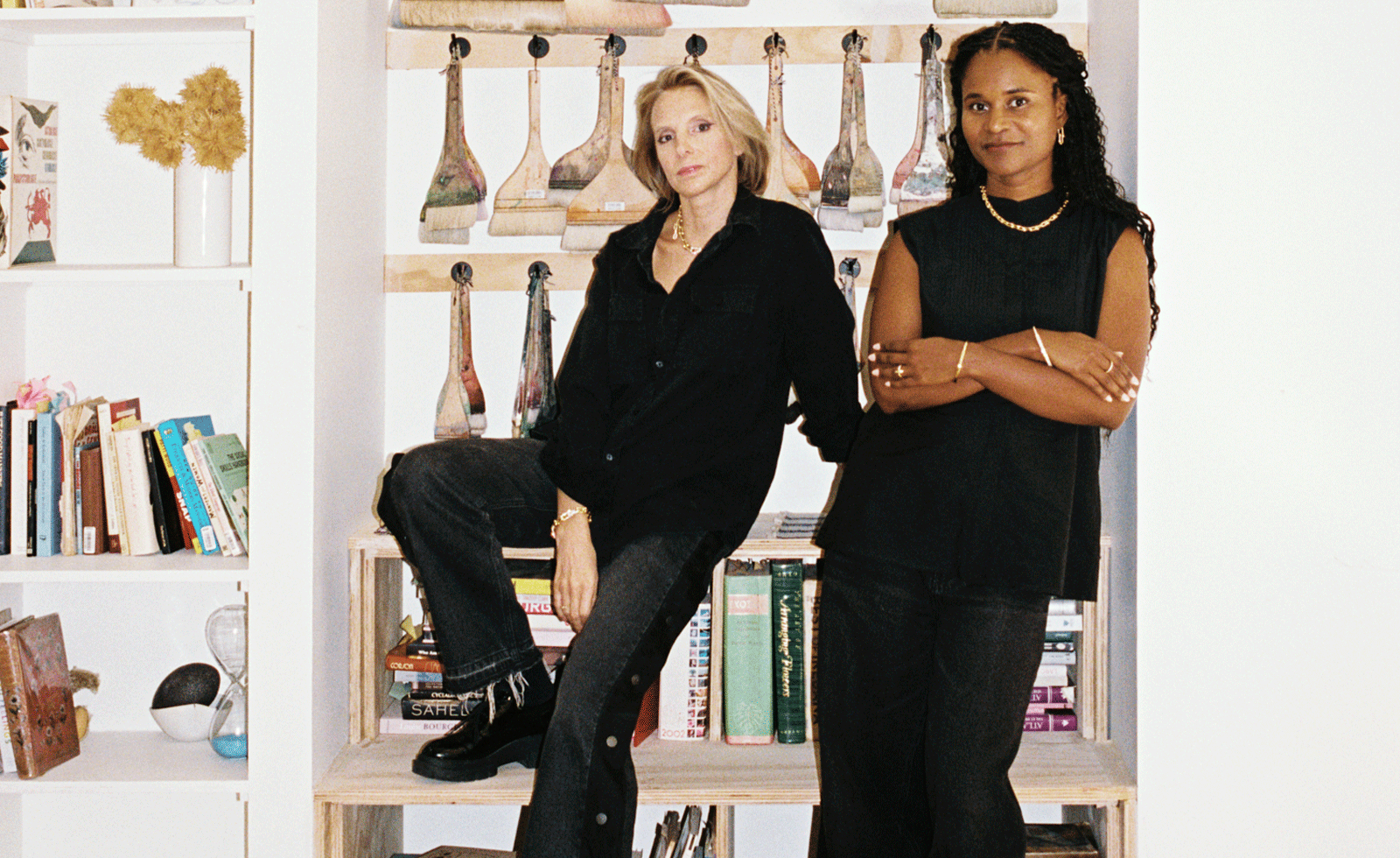
Tiffany & Co’s artist mentorship at Frieze London puts creative exchange centre stage
At Frieze London 2025, Tiffany & Co partners with the fair’s Artist-to-Artist initiative, expanding its reach and reaffirming the value of mentorship within the global art community
By Hannah Silver Published
-
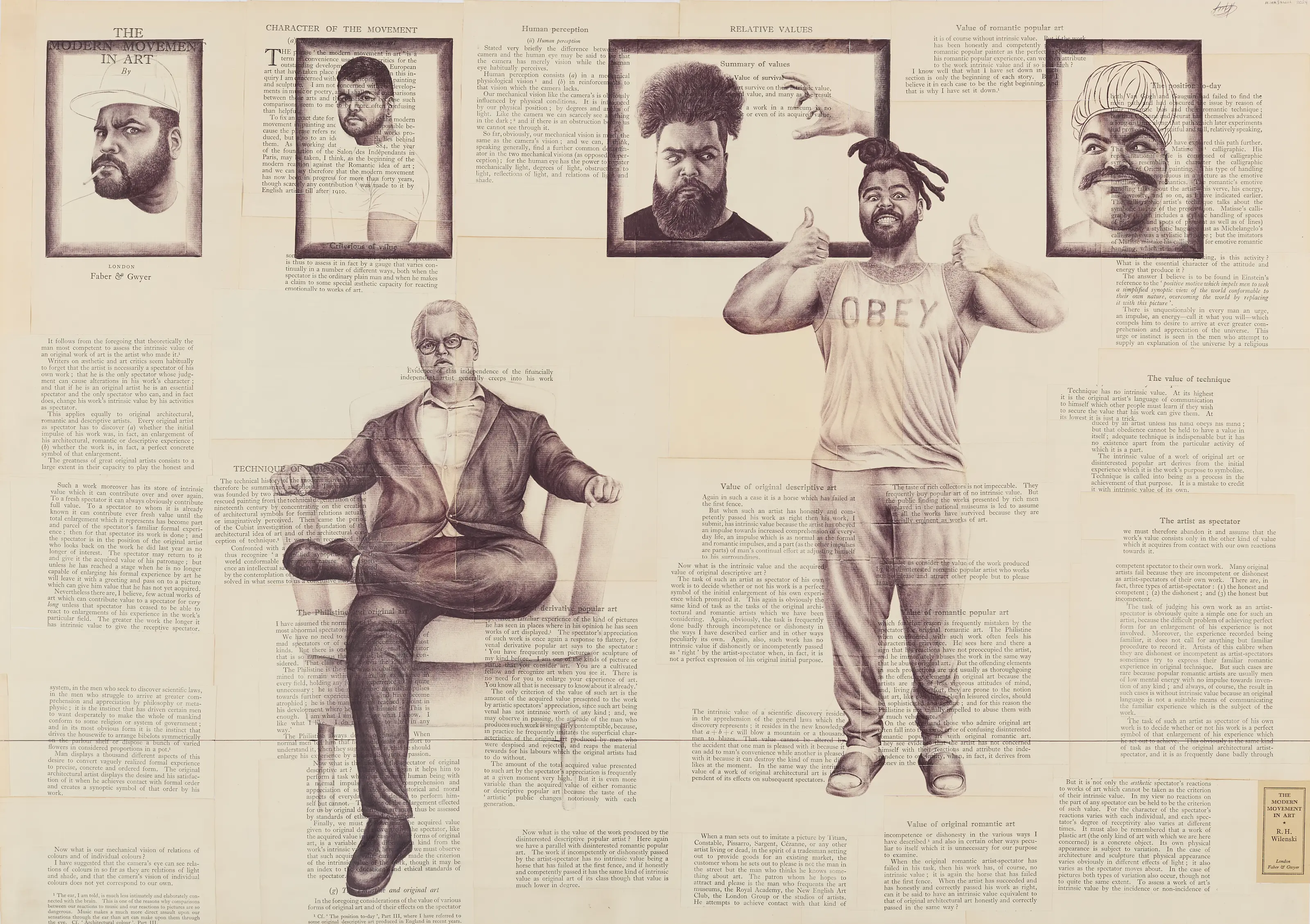
‘It is about ensuring Africa is no longer on the periphery’: 1-54 Contemporary African Art Fair in London
The 13th edition of 1-54 London will be held at London’s Somerset House from 16-19 October; we meet founder Touria El Glaoui to chart the fair's rising influence
By Gameli Hamelo Published
-
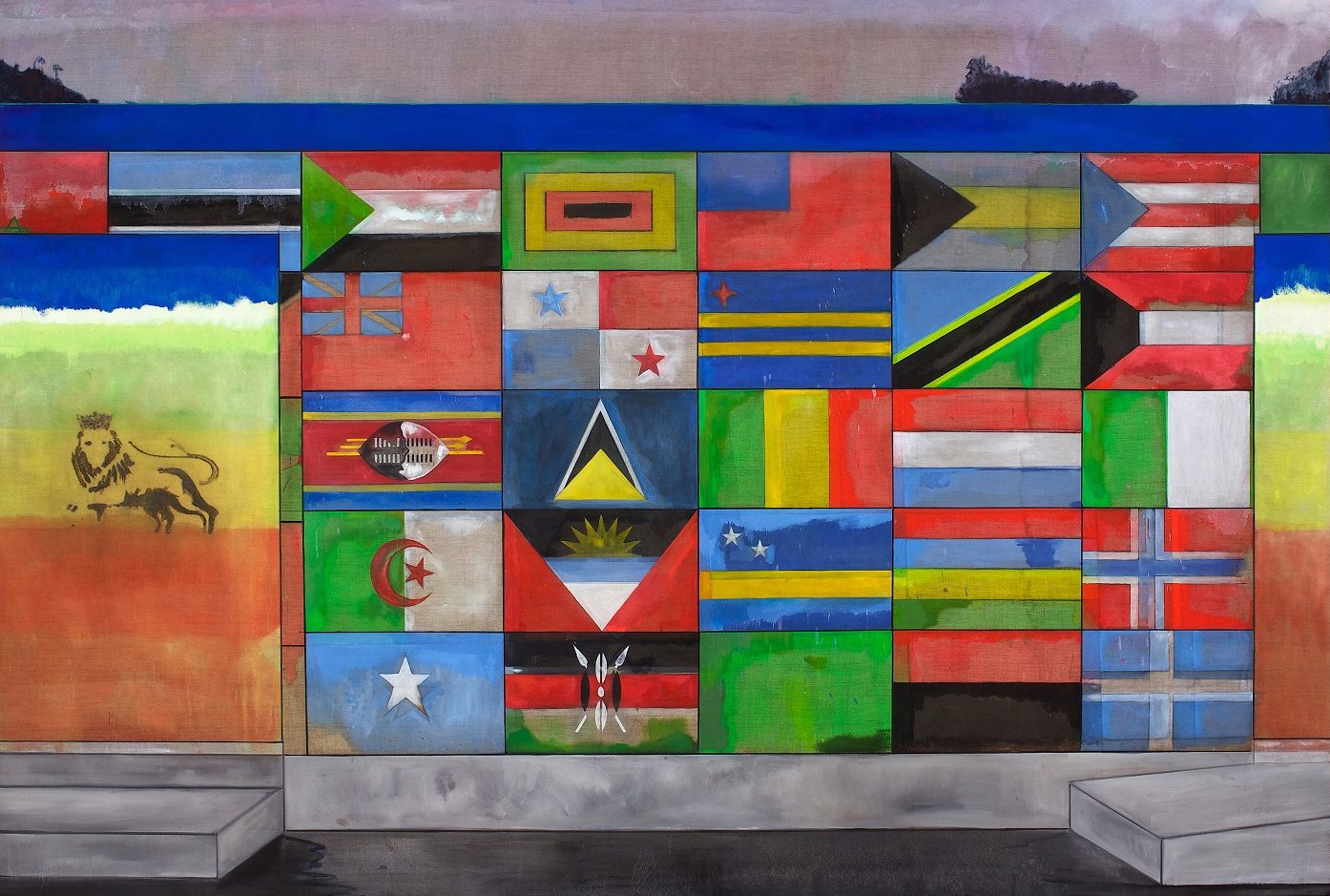
‘Sit, linger, take a nap’: Peter Doig welcomes visitors to his Serpentine exhibition
The artist’s ‘House of Music’ exhibition, at Serpentine Galleries, rethinks the traditional gallery space, bringing in furniture and a vintage sound system
By Amah-Rose Abrams Published
-
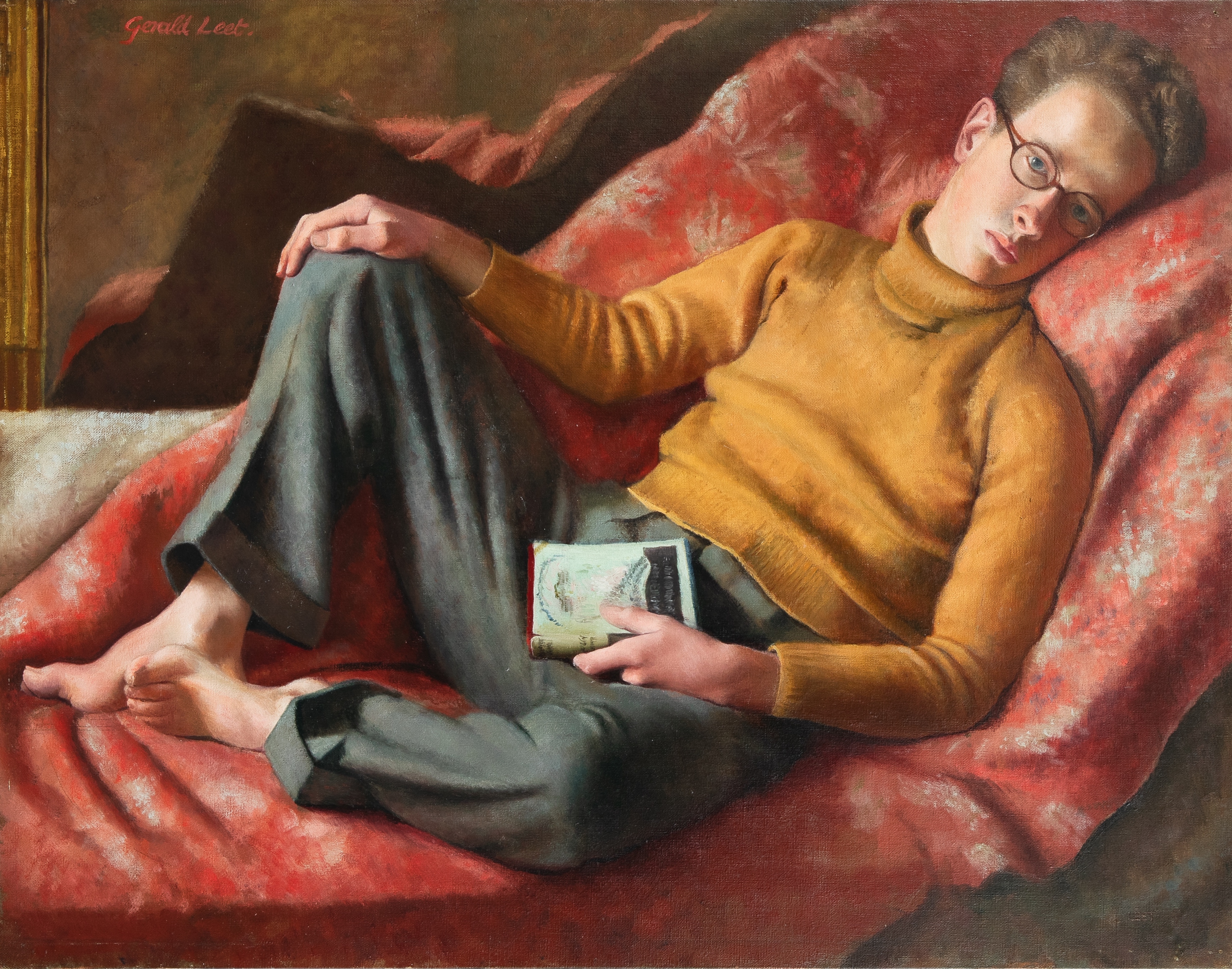
Who was Denton Welch, the cult writer and painter who inspired everyone from Alan Bennett to William S. Burroughs?
Cult queer figure Denton Welch was a talented, yet overlooked, artist. Now an exhibition of his work at John Swarbrooke Fine Art aims to change that
By Hannah Silver Published
-
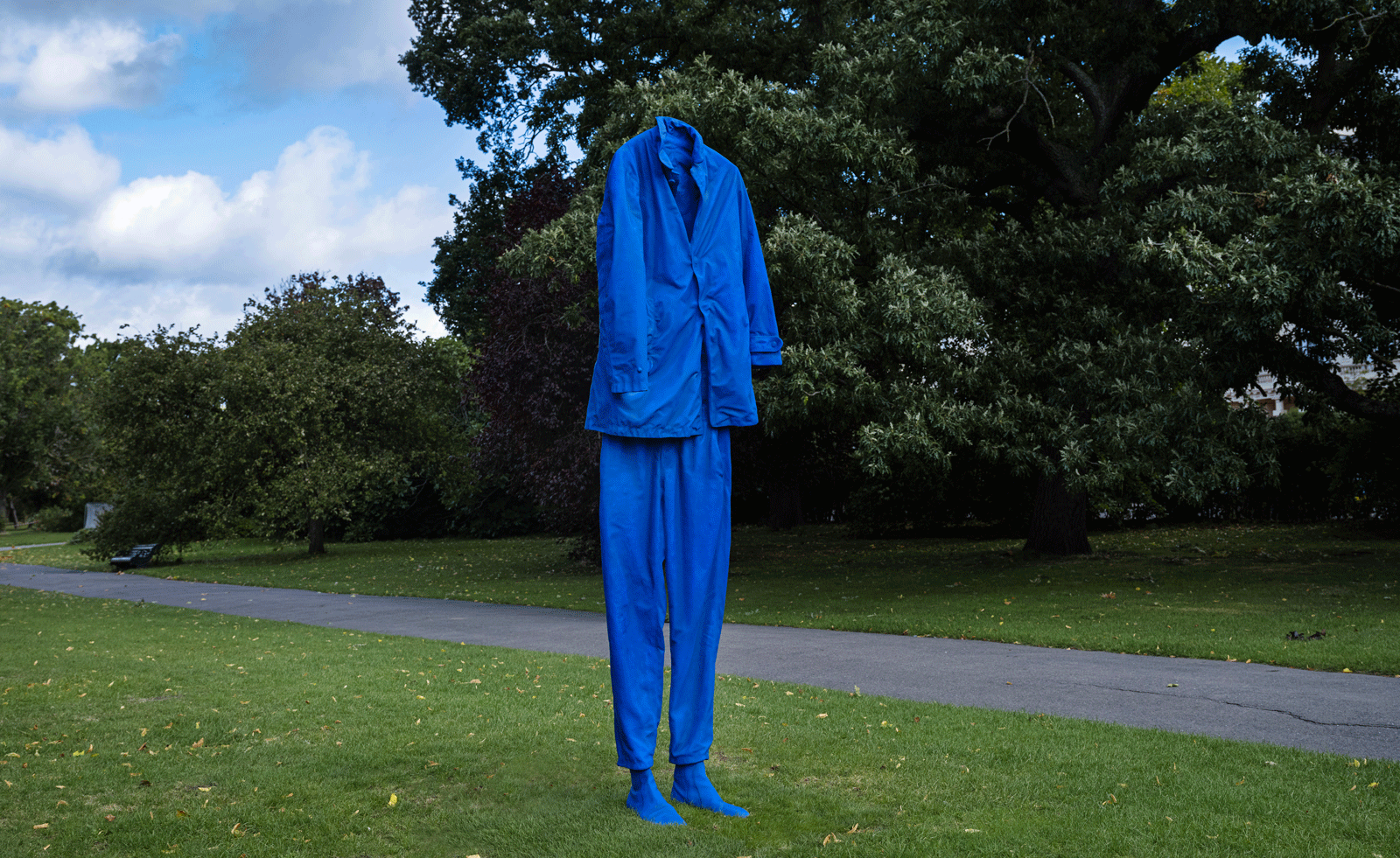
Frieze Sculpture is back – here's what to see in Regent's Park
Frieze Sculpture has returned to Regent's Park. As London gears up for Art Week, here's what to see on the fringes
By Millie Walton Published
-
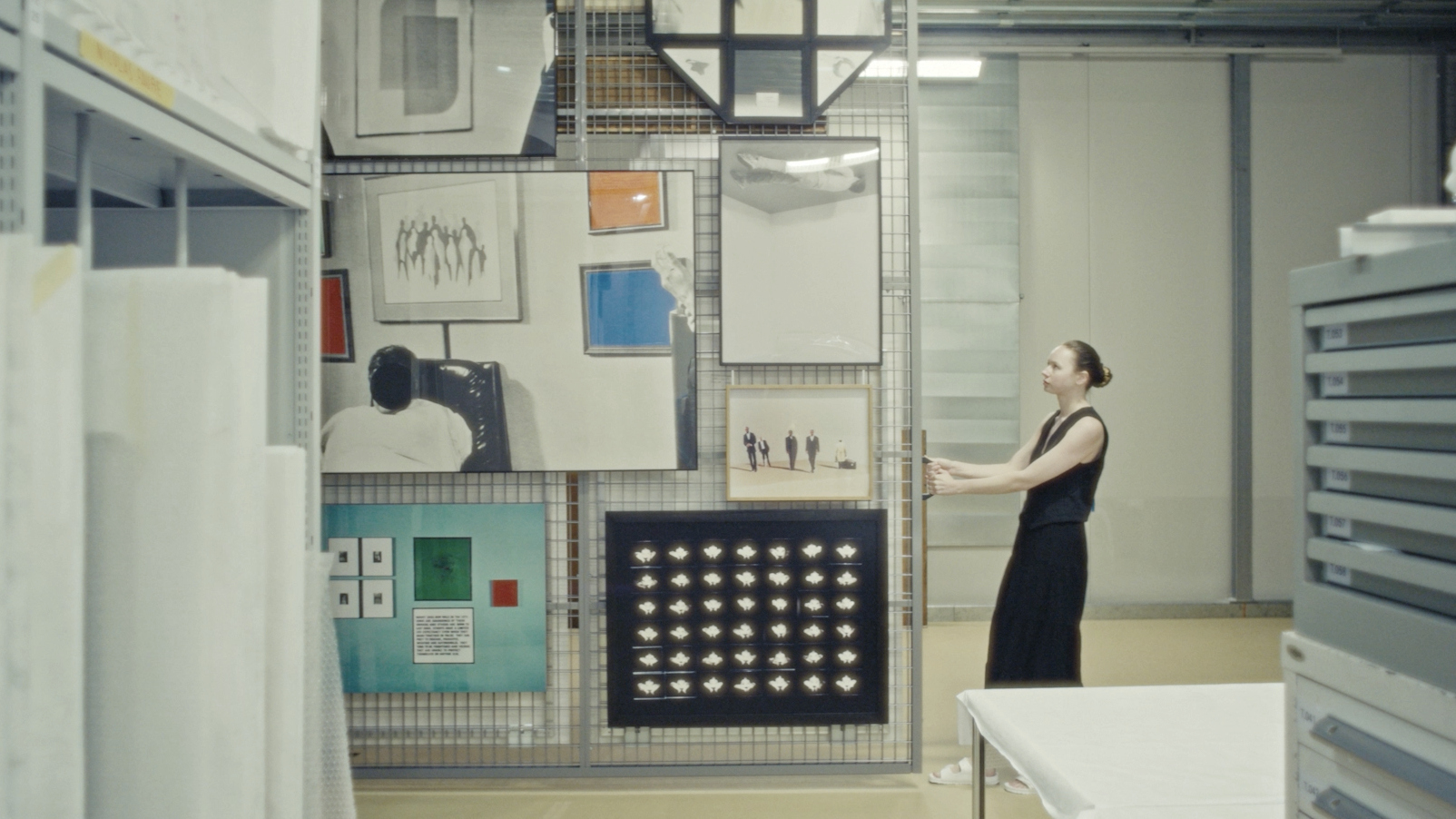
What to see at Switzerland’s art museums this autumn and winter
World-class art, design and photography await at 11 Swiss museums. Take a video tour to peek inside, then plan your trip with our guide to the best exhibitions to see now and into 2026
By Simon Mills Published
